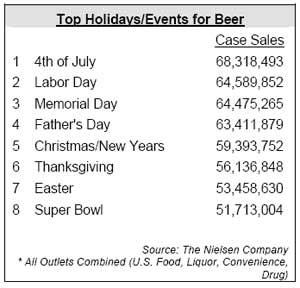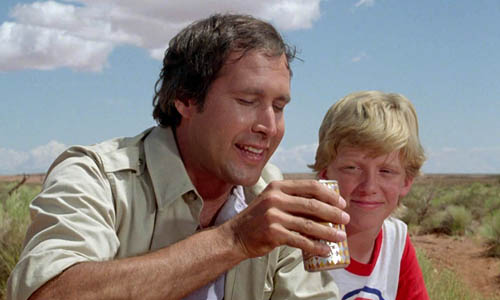On July 5, 1908, a West Virginia church sponsored the nation’s first event explicitly in honor of fathers, a Sunday sermon in memory of the 362 men who had died in the previous December’s explosions at the Fairmont Coal Company mines in Monongah, but it was a one-time commemoration and not an annual holiday.
The next year, a Spokane, Washington woman named Sonora Smart Dodd, one of six children raised by a widower, tried to establish an official equivalent to Mother’s Day for male parents. She went to local churches, the YMCA, shopkeepers and government officials to drum up support for her idea, and she was successful: Washington State celebrated the nation’s first statewide Father’s Day on June 19, 1910. Slowly, the holiday spread.
The campaign to celebrate the nation’s fathers did not meet with the same enthusiasm as Mother’s Day, which by the first decade of the 20th century, had a nearly 50-year head start. Florists, who initially were the biggest supporters of another sentimental holiday, ended up not being able to cash in on the drive to create another day of increased sales. As one florist explained in its early years, “Fathers haven’t the same sentimental appeal that mothers have.”
In 1916, President Wilson honored the day by using telegraph signals to unfurl a flag in Spokane when he pressed a button in Washington, D.C. In 1924, President Calvin Coolidge urged state governments to observe Father’s Day. However, many men continued to disdain the day. As one historian writes, they “scoffed at the holiday’s sentimental attempts to domesticate manliness with flowers and gift-giving, or they derided the proliferation of such holidays as a commercial gimmick to sell more products – often paid for by the father himself.”
Father’s Day: Controversy and Commercialism
During the 1920s and 1930s, a movement arose to scrap Mother’s Day and Father’s Day altogether in favor of a single holiday, Parents’ Day. Every year on Mother’s Day, pro-Parents’ Day groups rallied in New York City’s Central Park – a public reminder, said Parents’ Day activist and radio performer Robert Spere, “that both parents should be loved and respected together.” The Depression derailed this effort to combine and de-commercialize the holidays. Struggling retailers and advertisers redoubled their efforts to make Father’s Day a “second Christmas” for men, promoting goods such as neckties, hats, socks, pipes and tobacco, golf clubs and other sporting goods, and greeting cards.
Advertisers and retailers took advantage of another opportunity to make money in the early 1940’s. When World War II began, advertisers began to argue that celebrating Father’s Day was a way to honor American troops and support the war effort. By the end of the war, Father’s Day may not have been a federal holiday, but it was a national institution.
 In 1972, in the middle of a hard-fought presidential re-election campaign, Richard Nixon signed a proclamation making Father’s Day a federal holiday at last. Today, economists estimate that Americans spend more than $1 billion each year on Father’s Day gifts. This total doesn’t include beer sales, which surprisingly, outranks Super Bowl Sunday for *”cases” sold, as shown in the 2015 report of the top 8 beer holidays.
In 1972, in the middle of a hard-fought presidential re-election campaign, Richard Nixon signed a proclamation making Father’s Day a federal holiday at last. Today, economists estimate that Americans spend more than $1 billion each year on Father’s Day gifts. This total doesn’t include beer sales, which surprisingly, outranks Super Bowl Sunday for *”cases” sold, as shown in the 2015 report of the top 8 beer holidays.
So, in celebration of fathers everywhere, my ice cold Yuengling I’m about to open is for us. It’s one of the few days that we don’t catch crap for sitting on our butts and drinking beer.
*Data is for retail sales of “cases” of beer only and does not include kegs or tavern sales. The inclusion of which would likely change rankings shown in the chart, such as Easter outranking the Super Bowl.
Disclaimer: On January 4, 2016, the owner of WestEastonPA.com began serving on the West Easton Council following an election. Postings and all content found on this website are the opinions of Matthew A. Dees and may not necessarily represent the opinion of the governing body for The Borough of West Easton.





